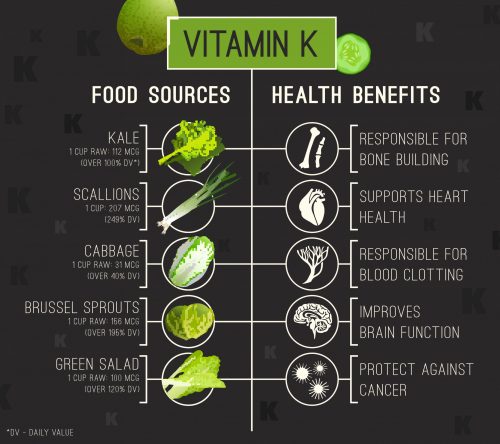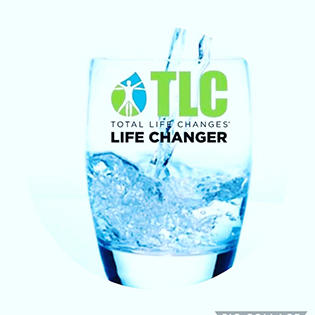Nutritional superiority is being confirmed in the marketplace, as consumers value the health benefits of organic foods. The differences nutritionally between conventional an organic food products can be significant, for several reasons, let’s take a look. From Chilean grapes to Chinese vegetables, the fresh produce at your local market is being grown all over the world. Which means dramatically different soil conditions and temperate zones. Keep in mind that plants have no capacity to produce minerals, they can only take up the minerals and nutrients available in the soil in which they are grown. Therefore, variations of mineral and biological content in the soil are the determining factors relative to nutritional content. That’s why data tables comparing organic and conventional produce are inconclusive, and subjective, the samples being compared were not grown on the same soil. To further accentuate the nutritional differences, a conventional food crop is grown using a chemical fertilizers containing NPK, nitrogen, phosphorous and potassium. Farmers use this approach to achieve high yields, producing more bushels per acre. The produce looks attractive, color is good, but the nutritional content is suspect because the soil lacks balanced fertility. Comparatively the organic farmer’s fertility program, accentuates the cation exchange capacity of calcium, his NPK comes from natural sources, incorporating trace minerals such as iron, magnesium, and zinc in the soil, most importantly his methods encourage healthy soil bacteria, micro-organisms, and fungi which all contribute to the health of the plant and the foods being grown. Ultimately, trace minerals play a vital role in plant health and nutrition. Using Doctors Data Laboratory in Chicago, for an objective quantitative analysis, we requested a specific vitamin assay on conventionally grown oranges from California, to quantify the amount of vitamin C in an average orange, targeting 70 mg according to USDA data. Results returned from our first 5 samples were negative for vitamin C. That’s impossible I thought, there must be issues with testing. After conferring with the lab, we submitted 5 additional samples, emphasizing accurate values for ascorbic acid. When the results came in, only 2 samples tested positive for vitamin C, 12 and 18 mg respectively. Shockingly 80% of the oranges tested contained no Vitamin C. The oranges looked well formed, without any evidence of disease, excellent color, but appearance is obviously not an indicator of nutritional value. Next we ran assays on organic oranges, and recorded vitamin C levels ranging from 52mg -103mg, 100% of the samples tested positive for Vitamin C. The synthesis of Vitamin C occurs during photosynthesis when trace minerals react to sunlight, through a series of catalytic reactions involving chloroplasts, plant hormones and the “essential” minerals. Without the availability of trace minerals the synthesis of vitamin C doesn’t occur. Variations in the mineral content of the soil, are directly influencing the nutrient content of the crop produced, to include amino acids, minerals, and vitamins. A fertile soil, containing a balance of trace minerals is a prerequisite to food source nutrition.
Soil Food and Health

By design the human body supports conception, growth, development and “homeostasis” through the consumption of vitamins and minerals taken from…






Recent Comments